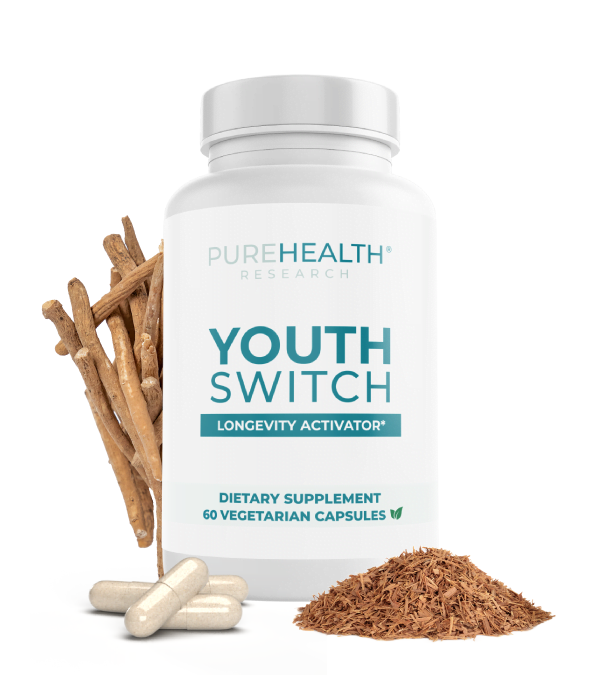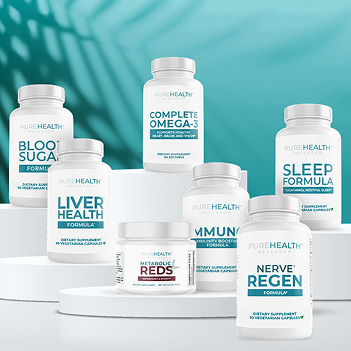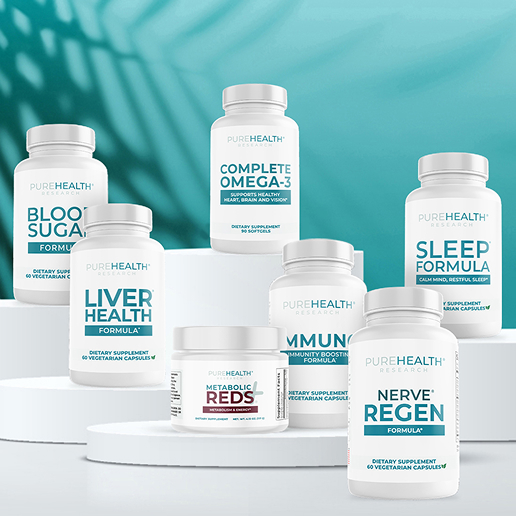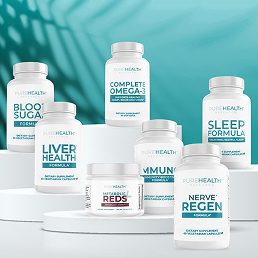10 Tips How to Improve Stamina and Get More Energy
Want to know how to improve stamina? Explore 10 simple ways to increase energy, stay active, and feel your best.


Struggling to keep your energy up throughout the day? Learning how to improve stamina can help you feel more energized and ready for daily tasks. In this blog, you’ll find ten simple tips to boost your stamina and support your energy levels.
These strategies cover everything from fitness routines to nutrition and recovery. Whether you want to feel stronger, improve focus, or stay active longer, these tips can help. Start making small, lasting changes today to promote your overall vitality and live a more active, fulfilling life.
1. Start with Cardiovascular Exercise
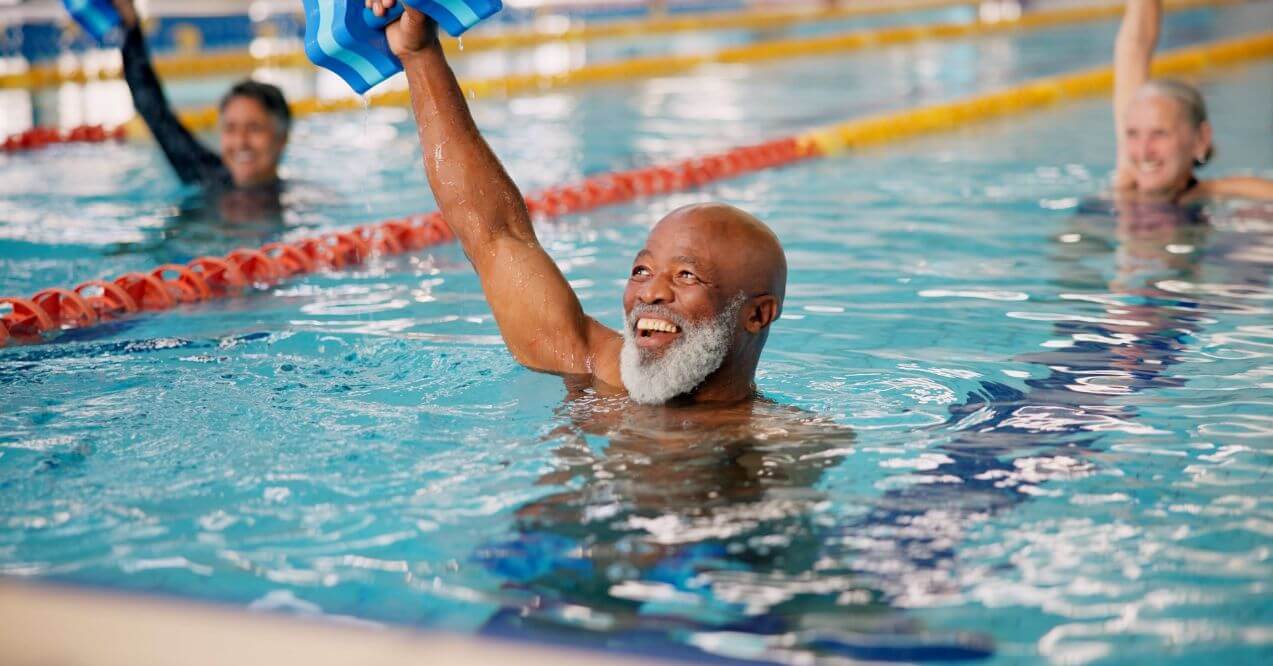
Cardiovascular exercise is one of the best ways to build a strong foundation for stamina and endurance. Activities like brisk walking, running, swimming, and cycling get your heart pumping and lungs working, which are essential for improving stamina over time. These exercises could help your body use oxygen more efficiently, making it easier to stay active for longer periods.
If you’re wondering how to improve stamina and endurance, start with just 20–30 minutes of aerobic exercise a few times a week. Gradually increase the duration and intensity as your fitness improves.
2. Incorporate Interval Training
Interval training is a powerful way to improve stamina and endurance more effectively than steady-state cardio. This type of workout alternates between short bursts of high-intensity effort and periods of active recovery. For example, you can sprint for 30 seconds, then walk or jog for 1-2 minutes, repeating the cycle for 20 minutes.
3. Vary Your Workout Routine
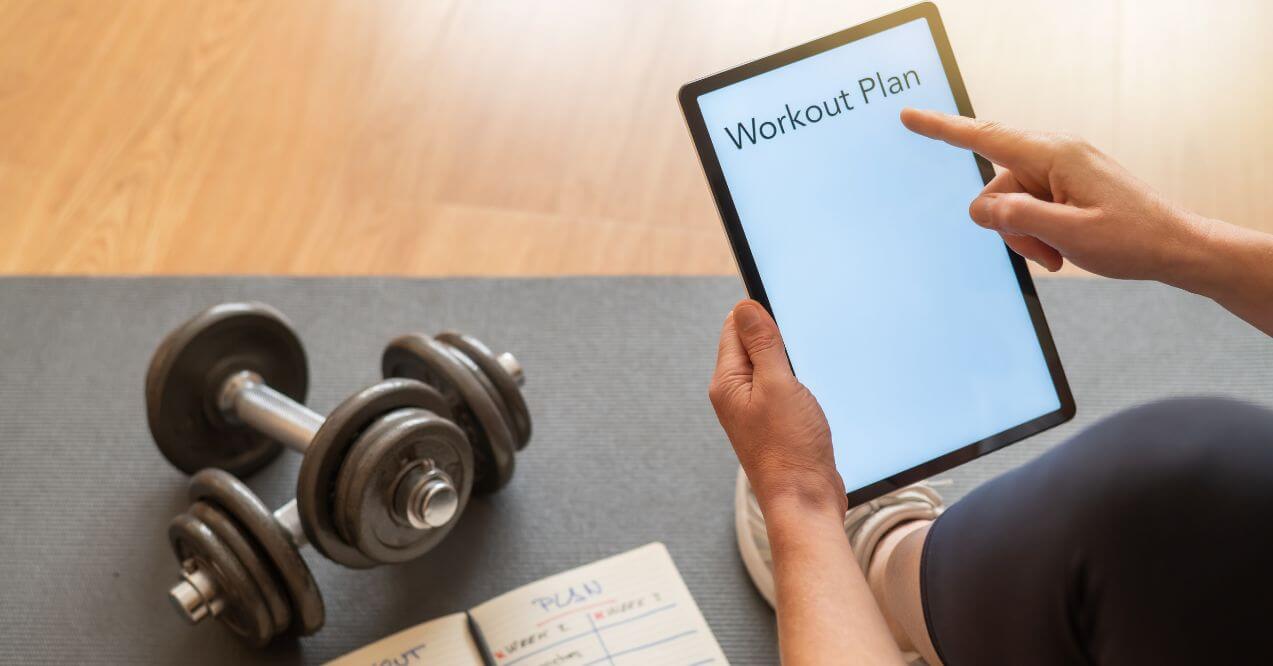
Adding variety to your workouts is essential for avoiding plateaus and keeping your body challenged. Mixing up your routine may help engage different muscle groups and prevents overuse injuries. If you’re exploring how to improve stamina without running, try activities like swimming, cycling, yoga, or strength training.
Incorporating diverse exercises not only keeps things interesting but also boosts overall endurance by improving your flexibility, balance, and strength. Changing your routine regularly keeps your progress steady and your motivation high.
4. Focus on Strength Training
Strength training is crucial for building muscular stamina and supporting overall endurance. Stronger muscles help you perform physical activities more efficiently and for longer periods. Incorporating exercises like squats, lunges, push-ups, and planks into your routine can make a big difference.
Using weights or resistance bands adds intensity, helping your muscles adapt to greater challenges over time. Aim for two to three sessions per week, focusing on all major muscle groups.
5. Focus on Flexibility and Mobility

Flexibility and mobility exercises are often overlooked but play a vital role in improving stamina. Practices like yoga and Pilates help increase your range of motion, reduce muscle tension, and promote better posture. These benefits make it easier for your body to move efficiently, allowing you to sustain physical activity for longer.
If you’re asking, how to improve my stamina, incorporating stretching or mobility-focused workouts into your routine is a great place to start. Regular sessions can also help prevent injuries, keeping you active and consistent with your fitness goals.
6. Prioritize Nutrition
Nutrition is the cornerstone of building stamina and maintaining energy. A well-balanced diet rich in complex carbohydrates, healthy fats, lean proteins, and colorful fruits and vegetables fuels your body for sustained activity. Whole grains, nuts, eggs, and leafy greens are excellent choices to keep your energy steady.
Avoid skipping meals and focus on eating nutrient-dense foods. Smaller, frequent meals can help maintain stable energy levels throughout the day. By giving your body the right fuel, you’ll not only support stamina but also feel more prepared to take on daily activities and workouts.
7. Hydrate

Learning how to improve stamina also involves paying close attention to your hydration habits. Staying well-hydrated is essential for maintaining energy levels and supporting physical performance. Even mild dehydration can lead to fatigue and decrease your endurance during activities.
Aim to drink at least eight glasses of water daily, and increase your intake when exercising or in hot weather. During workouts, consider sipping water every 15–20 minutes to replace fluids lost through sweat. Proper hydration helps your muscles function efficiently and can significantly enhance your stamina over time.
8. Prioritize Recovery
Rest is just as important as exercise when building stamina. Recovery allows your muscles to repair and grow stronger, which is essential for improving endurance. Overtraining, on the other hand, can lead to fatigue and even hinder your progress.
Incorporate rest days into your routine and prioritize quality sleep to support recovery. Stretching, foam rolling, or light yoga on rest days can also promote relaxation and prepare your body for future workouts.
9. Improve Mental Stamina

If you’re curious how to improve mental stamina, techniques like mindfulness and meditation could make a big difference. These practices help you stay focused, manage stress, and build resilience during challenging situations. Even spending just 10 minutes a day on deep breathing or guided meditation can improve your mental endurance.
Stress management is equally important. Activities like journaling, taking breaks, or enjoying a hobby can refresh your mind. By strengthening your mental stamina, you’ll find it easier to stay motivated and tackle both physical and mental tasks.
10. Consider Supplements for an Extra Support
Supplements can support your efforts to improve stamina by providing essential nutrients your body needs. Youth Switch is one of the best supplements for energy and vitality. Formulated with high-quality ingredients, it helps you stay active and energized throughout the day when combined with a healthy lifestyle.
Youth Switch – Your Secret Weapon
Youth Switch is a smart choice for naturally improving stamina and energy. This advanced formula includes powerful ingredients that support endurance and help you stay active. Ashwagandha reduces stress and promotes better energy levels, while Astragalus Root supports vitality and healthy aging.
Additionally, ingredients like L-Citrulline optimize blood flow, making physical activities easier, and L-Ornithine Alpha-Ketoglutarate (OKG) assists muscle recovery and helps reduce fatigue. These nutrients work together to keep you energized and support your stamina. Combine Youth Switch with a healthy lifestyle to enjoy a more vibrant and active life.
How to Improve Stamina for Specific Goals
Stamina isn’t one-size-fits-all – it depends on your personal goals and the activities you enjoy. Whether you want to run longer distances, feel more confident in the bedroom, or improve your swimming endurance, tailoring your approach can help.
How to Improve Stamina for Running
If you’re wondering how to improve my stamina for running, focus on interval training and pacing. Alternate between running at a high intensity for short bursts and jogging or walking for recovery. This method trains your heart and muscles to handle more stress over time. Consistent long runs at a steady pace also build endurance gradually. Track your progress and set realistic goals to stay motivated.
How to Improve Stamina in the Bedroom
Enhancing stamina in the bedroom involves both physical health and emotional well-being. Understanding how to improve intercourse stamina starts with maintaining a healthy lifestyle. Regular exercise, such as cardio and strength training, can improve circulation and overall endurance. Managing stress through mindfulness or meditation can also have a positive impact on performance.
Nutrition plays a key role. Certain foods that support hormonal balance and energy levels might be beneficial. While there are best ways to increase your testosterone naturally, like getting adequate sleep and reducing stress, it’s important to approach this holistically. Additionally, foods that boost testosterone, such as leafy greens, fatty fish, and nuts, may help. Remember, open communication with your partner can also enhance intimacy and satisfaction, contributing to better experiences.
How to Improve Swimming Stamina
Building swimming endurance requires a combination of drills and breathing techniques. To learn how to improve swimming stamina, start with interval sets, alternating between fast laps and slower recovery laps. Focus on rhythmic breathing to maintain efficiency in the water. Strengthen your core and shoulders through exercises like planks or resistance band workouts to improve your overall swim performance. Consistency is key – swim regularly to see lasting improvements.
Common Mistakes That Sabotage Stamina
Improving stamina takes time, but common mistakes can slow your progress. Watch out for these pitfalls:
- Overtraining – Exercising too much without rest can lead to fatigue and injuries.
- Poor nutrition – Relying on processed foods or eating too little deprives your body of energy.
- Inconsistent workouts – Irregular exercise habits make it harder to build endurance.
- Lack of variety – Repeating the same routine can cause plateaus and limit progress.
Conclusion
Knowing how to improve stamina is the first step toward feeling more energized and active. By incorporating these ten tips into your routine, you can gradually build your endurance and enjoy a healthier lifestyle. From balanced nutrition to effective workouts and proper recovery, small changes can lead to big improvements. Stay consistent, and you’ll soon notice a boost in both your energy levels and overall vitality.
Start with manageable steps like consistent bedtime and morning walks. Focus on these daily habits before adding new ones. Gentle breathing exercises and staying hydrated provide simple yet effective starting points for improving your HRV.
Most people notice small changes within 2-3 weeks of consistent healthy habits. Your personal timeline depends on current lifestyle and health factors. Stay patient and focus on steady progress rather than quick results.
Aim for 7-8 hours of quality rest each night. The deepest benefits come from maintaining regular sleep patterns. Going to bed and waking at consistent times supports your body’s natural rhythms.
Natural changes in HRV occur with age, but improvement remains possible through mindful lifestyle choices. Regular movement, proper nutrition, and stress management continue to make positive differences throughout life’s journey.
During menopause, focus on temperature-controlled sleeping environments and stress-reducing activities. Regular gentle exercise and consistent meal timing help balance hormonal fluctuations. Cool, quiet bedrooms support better rest during this transition.
Sign up for our Healthy Living newsletter!
Advertisement. This site offers health, wellness, fitness and nutritional information and is designed for educational purposes only. You should not rely on this information as a substitute for, nor does it replace, professional medical advice, diagnosis, or treatment. If you have any concerns or questions about your health, you should always consult with a physician or other health-care professional. Do not disregard, avoid or delay obtaining medical or health related advice from your health-care professional because of something you may have read on this site. The use of any information provided on this site is solely at your own risk.
